Arthur Balfour, 1848-1930
Balfour, an English politician and diplomat who served as the British prime minister from 1902 to 1905, was the foreign secretary in November 1917 when he sent a letter to Lord Rothschild that became known…

Balfour, an English politician and diplomat who served as the British prime minister from 1902 to 1905, was the foreign secretary in November 1917 when he sent a letter to Lord Rothschild that became known…
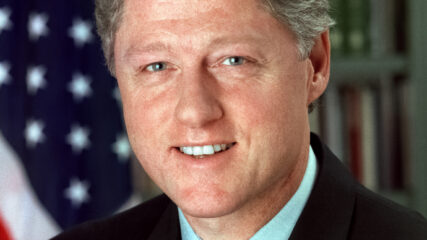
As president, Clinton hosted the signing of the 1993 Oslo Accords, helped Jordan and Israel achieve a peace treaty in 1994, and mediated the 1995 Oslo II agreement that recognized the Palestinian Authority. He brokered…
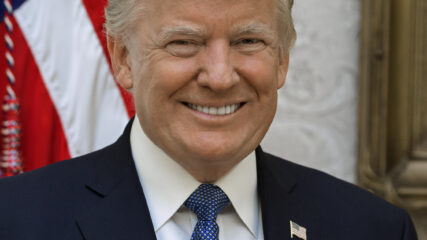
The 45th and 47th U.S. president, Trump took steps in both terms to strengthen ties with Israel. He withdrew from the 2015 Iran nuclear deal. He fulfilled a deferred 1995 law and moved the U.S….

New Jersey native Brody was a first-round NBA draft pick out of the University of Illinois in 1965, but after visiting Israel for the first time that summer for the Maccabiah Games, he decided to…
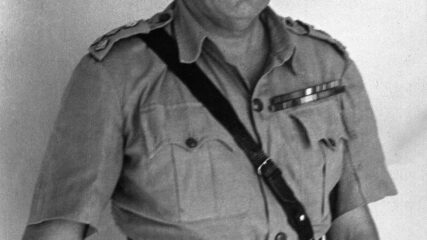
A British brigadier general, Kisch chaired the predecessor to the Jewish Agency, the Palestine Zionist Executive, from 1918 to 1921. Kisch was prolific in Jewish life in Mandate Palestine. He helped found the Palestine Philharmonic…

On President Joe Biden’s trip to Israel, he and Prime Minister Yair Lapid affirmed the long-term U.S.-Israel strategic relationship.
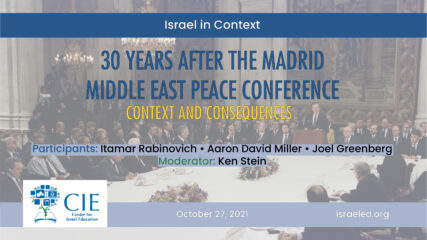
This 54-minute webinar, recorded Oct. 27, 2021, is part of the Center for Israel Education’s “Israel in Context” series and is incorporated into an extensive set of documents, study guides, videos and other resources CIE has compiled at https://israeled.org/madrid-conference/ to mark the 30th anniversary of the Madrid Middle East Peace Conference, when Israel first sat at the same table with all of its immediate Arab neighbors to talk peace.
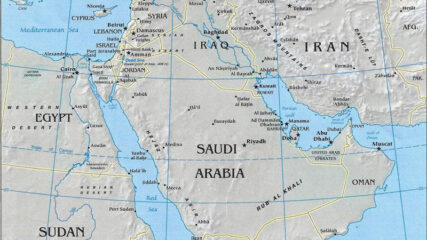
Historical Context Explore the historical context through the events and the documents leading up to the 1991 Madrid Middle East Peace Conference: 1949: Israel ends the War of Independence without secure borders or Arab acceptance….
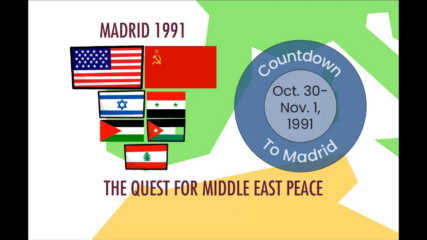
October 18, 2021 Examine the events that led the United States and the Soviet Union to convene high-level delegations from Israel and all of its immediate Arab neighbors, as well as other regional parties, in…

A week after Antony Blinken’s confirmation as Secretary of State, the Acting US Ambassador to the UN outlined with considerable detail the administration’s objective to an agreed, not imposed two-state resolution to the Palestinian-Israeli Conflict.

President Biden comes to the presidency with more Washington experience than any other former president. While he has designated a foreign policy team with significant experience, his immediate priorities will be domestic. With a razor thin senate majority why would he expend political capital in trying to find solutions to Middle Eastern issues that are highly complex, seemingly intractable, and culturally embedded? The exception might be seeking to curtail Iran’s nuclear and regional aggressiveness.

UAE and Bahraini ambassadors to the U.S. provide incisively sharp assessments about why their peace accords unfolded with Israel in September 2020: to halt West Bank annexation, strengthen ties with the United States, enhance national security, and stimulate, if possible, Palestinian-Israeli negotiations.

CIE Founding President, Professor Ken Stein and Visiting Israeli Scholar, Dr. Nachman Shai, who served in the Israeli Parliament for 10 years, explain the context and implications of the Abraham Accords for Israel and the Middle East.
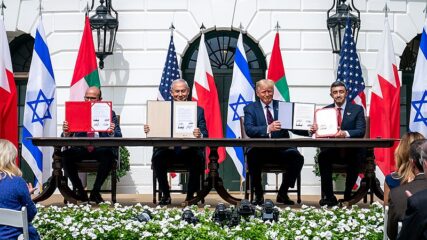
Quietly pursued in the past, long-standing strategic ties between Israel and Gulf states have become public. Building on the historic Joint Agreement signed between Israel and the UAE in August 2020, the Abraham Accords serve as a framework for normalizing diplomatic relations between Israel, the UAE and Bahrain.
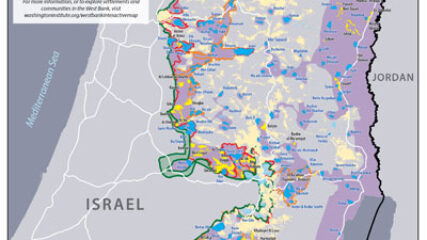
Israeli prime minister Binyamin Netanyahu has repeatedly declared that he will be putting forward his proposal for West Bank annexation as early as July 1. Yet uncertainties about his plans still abound, indicating that this timetable may not be met despite his assertions to the contrary.
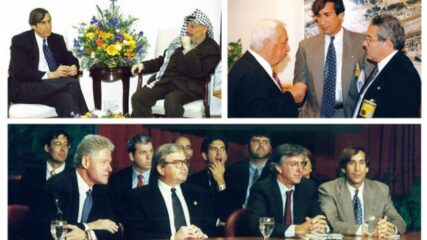
March 3, 2020 Aaron David Miller analyzes the evolving role of the United States in Middle Eastern and Israeli politics and diplomatic processes. Miller currently serves as vice president for new initiatives and a distinguished research…

The analysis summarizes the declaratory or aspirational Trump Plan for a Palestinian-Israeli settlement, outlining proposals on final status issues, and the proposed economic development package, with a hope for a two state-solution. Maps are used to show how Palestine’s and Israel’s borders have changed over the last 150 years. (Video or audio)

US Ambassador to Israel, David Friedman provides the most detailed Trump administration analyses of the prescribed two-state solution for terminating the Palestinian-Israeli Conflict.

The plan builds on previous proposals for a two-state solution to the Arab-Israeli conflict and contains a US-Israeli agreement that sets forth final borders for two states. The plan contains multiple prerequisites for Palestinian behavior before either the US or Israel might agree to Palestinian statehood as well as a proposed $50 economic development package to be allotted over a decade.
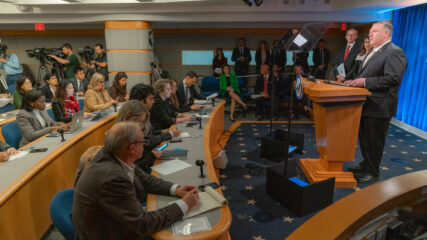
The announcement by US Secretary of State Mike Pompeo that “the establishment of Israeli civilian settlements in the West Bank is not, per se, inconsistent with international law” is in line with Israel’s official position, and its inherent message – that preoccupation with the question of the legality of the settlements narrows Palestinian flexibility and discourages the achievement of a negotiated resolution to the conflict – is correct. However, the announcement’s practical value is minor, and there are even potential risks and costs for Israel.
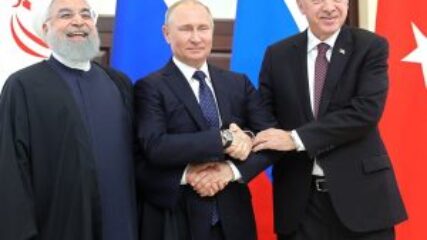
Vladimir Putin sees an opportunity in escalating tensions in the Persian Gulf, but his attempts to make the most of it have been clumsy and could be self-defeating. When Saudi Arabia’s six battalions of US-made Patriot batteries recently failed to detect drone and missile attacks on two of the country’s key oil facilities, knocking out half of production, Putin saw an opportunity, and urged the kingdom to move ahead with the acquisition of Russia’s much-touted S-400 anti-missile defense system.
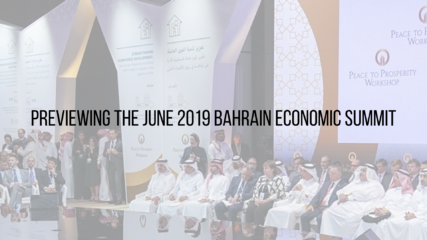
CIE President Ken Stein speaks with David Makovsky, the Ziegler distinguished fellow at the Washington Institute for Near East Policy on June 19, 2019. The major focus of the discussion was on the upcoming US led Peace to Prosperity workshop which was held in Bahrain June 25 and 26, 2019 at which Makovsky was an observer. Stein and Makovsky discuss, in-depth, the economic summit, the Trump administration’s Middle East Peace Plan, and the prospects for success.
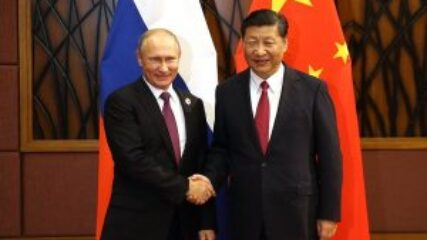
Odds are that China and Russia will prove to be long-term US rivals. However, it may just as well be that their alliance will prove to be more tactical than strategic, with the China-Russia relationship resembling US-Chinese ties: cooperation in an environment of divergence rather than convergence.

In this two-part Whiteboard video series, we explore the transition from the 1978 Camp David Accords to the Egyptian-Israeli Peace Treaty signed at the White House on March 26, 1979.